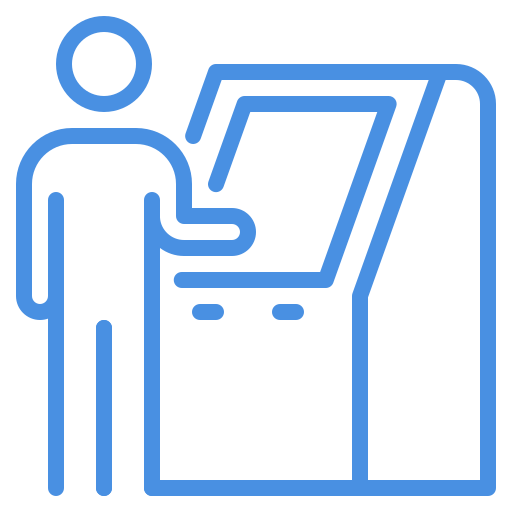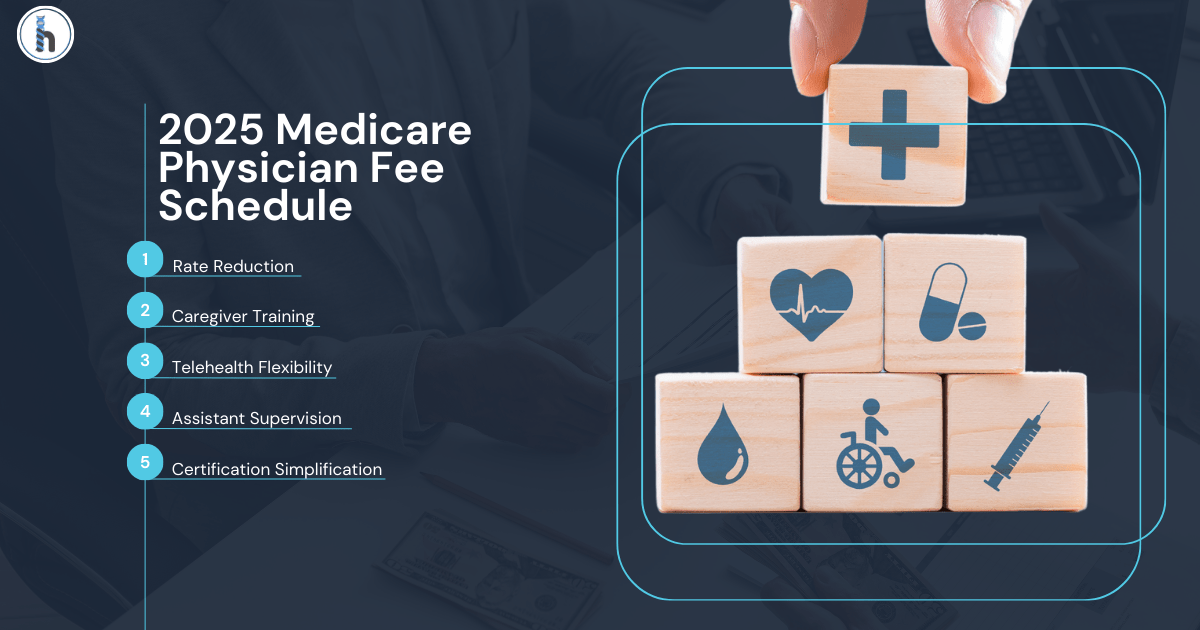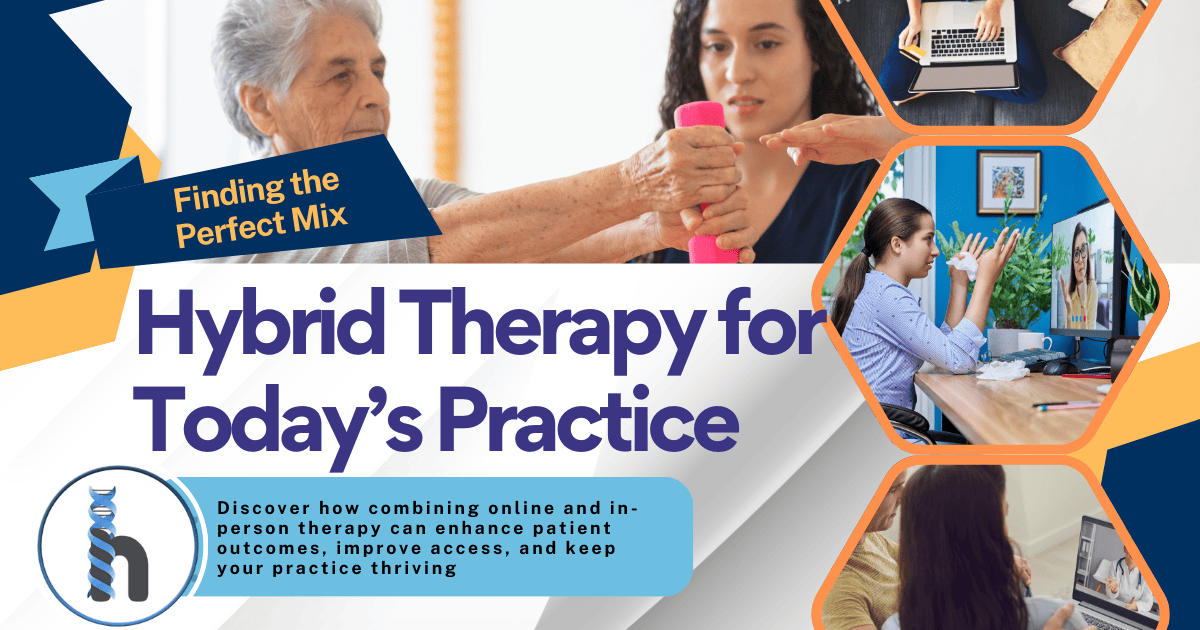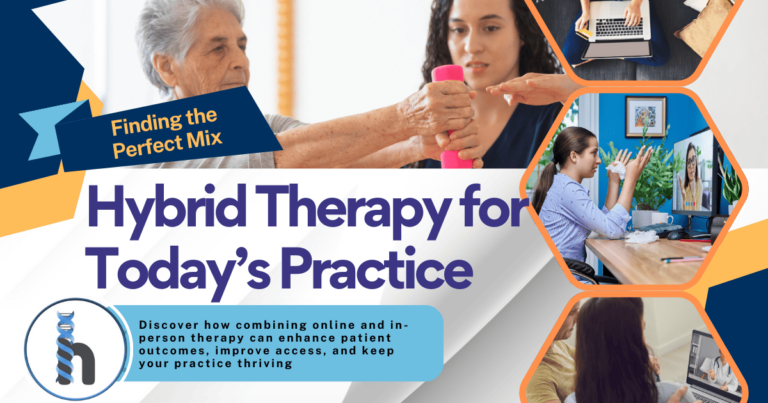TOP 5 Medicare Fee of 2025 Schedule Updates for Therapists.
Stay informed about the 2025 Medicare Fee Schedule changes! Learn how therapy professionals can adapt to new payment rates, codes, and care models.
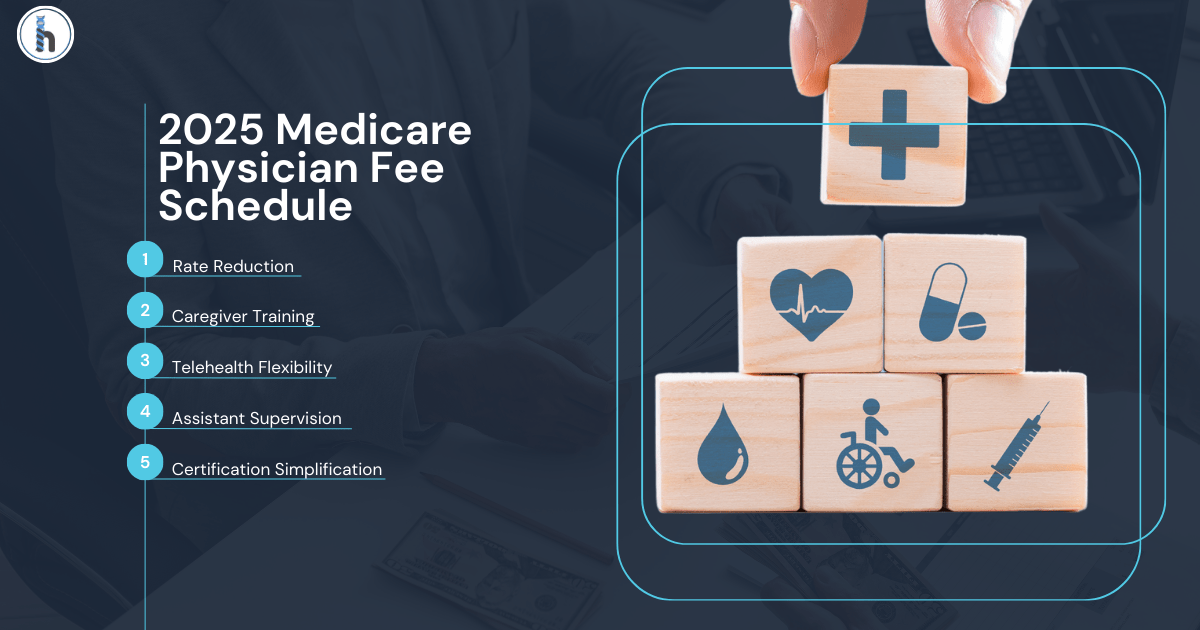
The Medicare Physician Fee Schedule (MPFS) is a critical framework for determining reimbursement rates for services provided by healthcare professionals, including therapists. Managed by the Centers for Medicare & Medicaid Services (CMS), the MPFS undergoes yearly updates that often bring significant changes impacting how therapy practices operate.
The 2025 updates to the MPFS aim to simplify administrative processes, improve patient care, and respond to ongoing challenges in healthcare delivery. However, these changes also come with financial adjustments that require therapy professionals to adapt their workflows, financial planning, and compliance strategies.
This article highlights the top five updates for 2025, their implications for therapy practices, and practical tips to help professionals navigate this evolving landscape.
1. Payment Rate Reduction and Conversion Factor Changes
For 2025, CMS has introduced a 2.93% reduction in payment rates compared to 2024. The new conversion factor is $32.35, down from $33.29. This decrease is largely due to the expiration of last year’s temporary rate increase, which had been implemented to support providers during a financially challenging period.
Why It Matters: Reduced reimbursement means therapy practices will face tighter financial margins, especially for services heavily reliant on Medicare payments. Smaller practices may feel the impact more acutely, as they typically lack the resources to absorb such changes without adjustments to operations.
What Therapists Should Do:
- Focus on Efficiency: Assess workflows to identify opportunities for reducing overhead costs and streamlining patient care.
-
- Improve Coding Accuracy: Ensure that services are coded correctly to avoid denied claims and maximize reimbursement.
-
- Review Service Models: Consider how group therapy sessions, telehealth, or task delegation to assistants can maintain patient care quality while controlling costs.
Takeaway: Although the cut poses challenges, a proactive approach to managing resources and optimizing billing processes can help offset some of the financial impact.
2. Simplified Certification Requirements for Therapy Plans of Care
CMS has eased the administrative burden associated with therapy plans of care. A separate physician or non-physician practitioner (NPP) signature is no longer required as long as an order is already on file. However, therapists must still send the treatment plan to the referring provider within 30 days of the initial evaluation to ensure compliance.
Why It Matters: Previously, delays in obtaining signatures often slowed down the initiation of treatment, particularly in rural or busy healthcare environments where referring providers were less accessible. By eliminating this requirement, CMS allows therapists to focus more on patient care and less on chasing paperwork.
What Therapists Should Do:
-
- Establish Efficient Communication: Develop systems to send treatment plans to referring providers promptly and track compliance within the 30-day window.
-
- Train Staff: Ensure administrative staff understand the new rules to avoid unnecessary delays or non-compliance.
-
- Monitor Documentation: While the signature requirement has been removed, proper documentation of the initial order remains crucial for audits and reimbursement.
Takeaway: This change not only reduces administrative headaches but also speeds up access to care, benefiting both patients and therapy practices.
3. General Supervision for Therapy Assistants
A significant change in 2025 is the shift from direct to general supervision for therapy assistants in private practice settings. Previously, physical therapist assistants (PTAs) and occupational therapy assistants (OTAs) required the supervising therapist to be physically present for oversight. Under the new rules, assistants can now perform delegated tasks with general supervision, meaning the therapist does not need to be on-site but must remain available as needed.
Why It Matters: This regulatory update provides much-needed flexibility for private practices, especially in areas where hiring a full-time on-site therapist is impractical. It also makes therapy services more accessible in underserved communities where shortages of licensed therapists have been a longstanding issue.
What Therapists Should Do:
-
- Review Delegation Protocols: Clearly outline the tasks assistants can perform under general supervision and ensure they are consistent with state laws and practice standards.
-
- Invest in Training: Make sure PTAs and OTAs are well-trained to operate independently within their scope of practice.
-
- Communicate With Patients: Educate patients about the role of therapy assistants to build trust and confidence in the care they receive.
Takeaway: The shift to general supervision allows practices to scale their services while maintaining high standards of care, but it requires thoughtful planning and oversight.
4. New Caregiver Training Codes
For the first time, CMS has introduced specific codes for caregiver training services. These codes cover areas such as wound care, infection prevention, and behavioral management. Notably, these services can also be provided via telehealth, expanding accessibility for caregivers who cannot attend in person.
Why It Matters: Caregivers often play a critical role in patient outcomes, particularly for individuals with chronic or complex conditions. Until now, caregiver training has largely gone uncompensated despite being an integral part of therapy. The new codes not only recognize the value of this service but also allow therapists to bill for time spent on caregiver education.
What Therapists Should Do:
-
- Incorporate Caregiver Training Into Care Plans: Identify cases where caregiver education can enhance outcomes and document these sessions thoroughly.
-
- Utilize Telehealth Options: Use telehealth for caregiver training when in-person sessions aren’t feasible, ensuring compliance with telehealth regulations.
-
- Educate Staff: Train staff on how to document and bill for caregiver training under the new codes to avoid missed reimbursement opportunities.
Takeaway: These new codes incentivize therapists to formally integrate caregiver training into their services, benefiting patients while opening up a new revenue stream.
5. Expanded Telehealth Flexibility
While some pandemic-era telehealth measures are set to expire, CMS has retained key flexibilities for 2025. These include adding new services like caregiver training to the Medicare Telehealth Services List and relaxing visit frequency limits for certain types of care.
Why It Matters: Telehealth remains an essential tool for reaching patients in rural or underserved areas, as well as those with mobility or transportation challenges. Retaining these flexibilities helps therapists continue providing care without the logistical barriers often associated with in-person visits.
What Therapists Should Do:
-
- Stay Updated on Eligible Services: Regularly review the updated Medicare Telehealth Services List to ensure compliance.
-
- Enhance Telehealth Documentation: Properly document telehealth visits to ensure reimbursement and minimize audit risks.
-
- Promote Telehealth to Patients: Highlight the convenience and accessibility of telehealth to encourage more patients to take advantage of this option.
Takeaway: Telehealth remains a valuable mode of care delivery, and practices that embrace it can expand their reach and improve patient access.
Practical Tips for Adapting to the 2025 MPFS
The 2025 updates present both challenges and opportunities. Here are actionable steps to help therapy practices navigate the changes:
-
- Focus on Financial Planning: With reduced reimbursement rates, practices should monitor expenses closely and look for ways to optimize operations without compromising patient care.
-
- Leverage New Billing Opportunities: Use the new caregiver training codes to capture reimbursement for services that were previously uncompensated.
-
- Adopt Flexible Supervision Models: Employing therapy assistants under general supervision can help practices expand services and manage caseloads effectively.
-
- Stay Compliant: Ensure documentation, coding, and communication protocols are updated to reflect the new rules, reducing the risk of denied claims or audits.
-
- Educate Teams and Patients: Keep staff informed about the changes and help patients understand how these updates will affect their care.
Final Thoughts
The 2025 Medicare Physician Fee Schedule introduces important changes that will shape therapy practice operations, reimbursement, and service delivery. While the reduction in payment rates and new supervision rules require careful adjustment, the updates also bring opportunities for innovation, such as billing for caregiver training and expanding telehealth services.
Therapy practices that embrace these changes proactively—by refining workflows, training teams, and adopting flexible care models—will be well-positioned to succeed in this evolving Medicare landscape. By staying informed and adaptable, therapists can continue providing high-quality care while ensuring financial and regulatory stability.
“Stay ahead of the curve! Adapt to the 2025 Medicare Physician Fee Schedule updates by refining your workflows, training your team, and embracing new opportunities like caregiver training and telehealth. Ready to navigate these changes with ease? Discover how HelloNote EMR can streamline your practice and help you stay compliant and profitable. Get started today!





